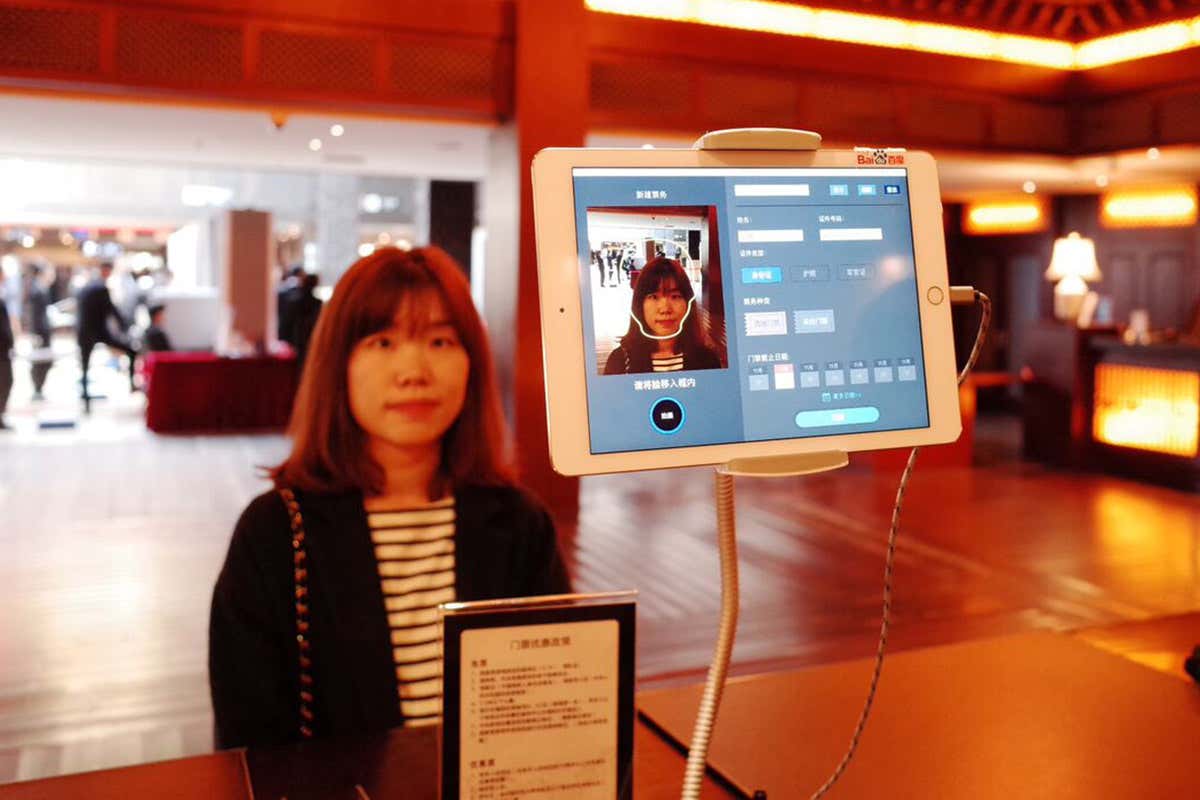Global Entry is a U.S. Customs and Border Protection (CBP) program designed to expedite the clearance process for pre-approved, low-risk travelers entering the United States. As air travel expands globally, improving the efficiency and security of customs processes has become paramount. Consequently, integrating facial recognition technology with Global Entry is a revolutionary advancement, streamlining the process and enhancing security measures. Therefore, this comprehensive article explores the implementation, benefits, challenges, and future prospects of facial recognition technology within the Global Entry program. By delving into these aspects, you can understand how this innovative approach is transforming international travel.
Implementation of Facial Recognition in Global Entry
Facial recognition technology’s implementation within the Global Entry program marks a significant leap towards efficient and secure processing of international travelers. Understanding its integration steps helps appreciate its impact and functionality. Therefore, exploring the implementation process is essential.
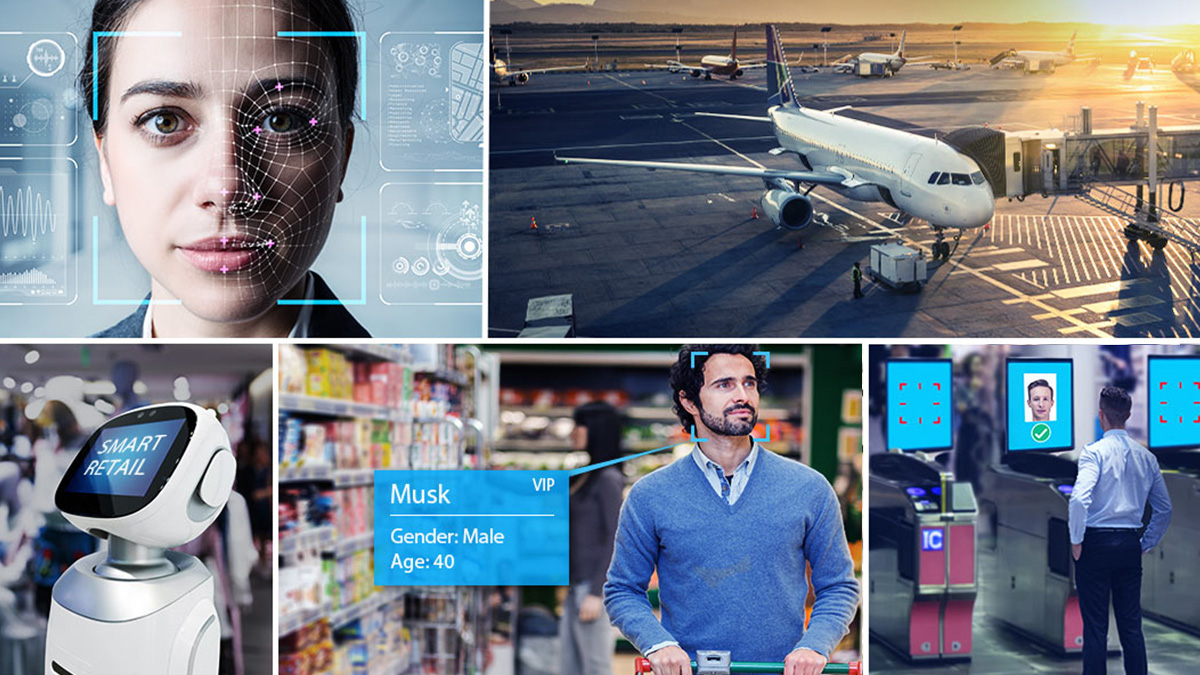
Integration with Existing Systems
Integrating facial recognition technology into the existing Global Entry infrastructure involves synchronizing biometric data with current databases and systems. Upon enrollment in the Global Entry program, travelers provide personal information, fingerprints, and photographs. The CBP then incorporates these details into a comprehensive database. Facial recognition technology leverages this biometric data by comparing travelers’ live facial scans to their stored photos. This integration ensures swift identification and clearance procedures, enhancing overall efficiency. By understanding the synchronization of facial recognition with existing systems, you can recognize its transformative potential. Therefore, recognizing the importance of seamless integration is crucial.
Deployment at Airports
Deploying facial recognition technology at major U.S. airports is a crucial step in its implementation within the Global Entry program. The CBP strategically places facial recognition kiosks at designated Global Entry lanes. When travelers arrive, they approach the kiosks for a facial scan. The system then compares the live scan to the stored biometric data for verification. This implementation phase involves extensive collaboration with airport authorities, ensuring a smooth transition and minimal disruption to travelers. By understanding the deployment dynamics, you can appreciate the logistical efforts involved in adopting this technology. Therefore, recognizing the significance of effective deployment is essential.
Benefits of Facial Recognition Technology
Facial recognition technology within the Global Entry program offers numerous benefits that enhance both efficiency and security. Understanding these advantages helps appreciate its transformative impact on international travel. Therefore, exploring the benefits is essential.
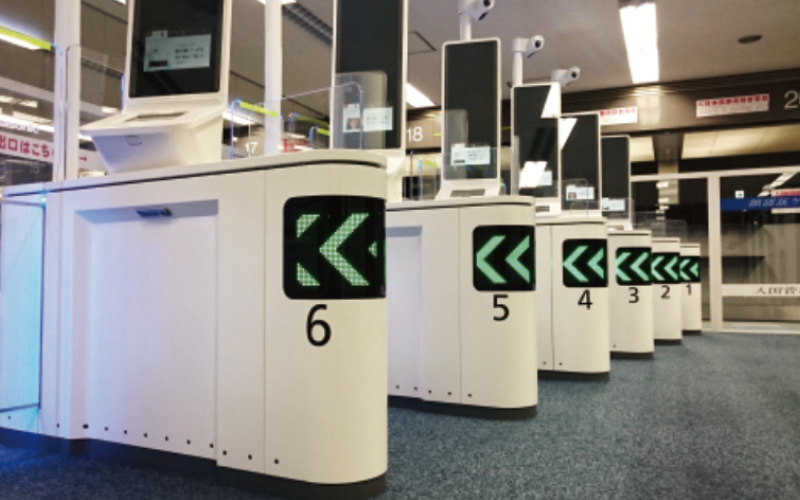
Enhanced Efficiency
One of the primary benefits of integrating facial recognition technology into Global Entry is the significant enhancement in efficiency. Traditional customs clearance processes can be time-consuming, involving multiple checks and identity verifications. Facial recognition technology streamlines these procedures, reducing wait times and expediting the clearance process. Travelers can clear customs within seconds, enabling a smoother transition from international flights to domestic activities. By understanding the efficiency improvements, you can recognize how this technology enhances the travel experience. Therefore, recognizing the value of expedited processing is crucial.
Increased Security
Facial recognition technology significantly enhances security within the Global Entry program, offering robust measures to prevent identity fraud and unauthorized entry. Traditional identification methods, such as passports and fingerprints, are susceptible to falsification and tampering. Facial recognition provides a more secure and reliable method, as it analyzes unique facial features that are difficult to replicate or alter. The biometric data is cross-referenced with various security databases, ensuring only pre-approved, low-risk travelers gain expedited access. By understanding the security benefits, you can appreciate the comprehensive measures in place to safeguard borders. Therefore, recognizing the importance of increased security is essential.
Streamlined Operations
The use of facial recognition technology within Global Entry also streamlines airport operations, benefiting both travelers and airport authorities. Reduced wait times and expedited processing alleviate congestion at customs checkpoints, improving the overall flow of passengers. This efficiency allows airport personnel to allocate resources more effectively, focusing on other critical security and operational tasks. Moreover, integrating this technology aligns with broader efforts to modernize airport infrastructures and enhance passenger experiences. By understanding the operational benefits, you can appreciate how this technology contributes to the efficiency of airport systems. Therefore, recognizing the value of streamlined operations is crucial.
Challenges of Implementing Facial Recognition
While the integration of facial recognition technology within Global Entry offers numerous benefits, it also presents specific challenges. Understanding these challenges helps in addressing and mitigating potential issues. Therefore, exploring the challenges of implementation is essential.
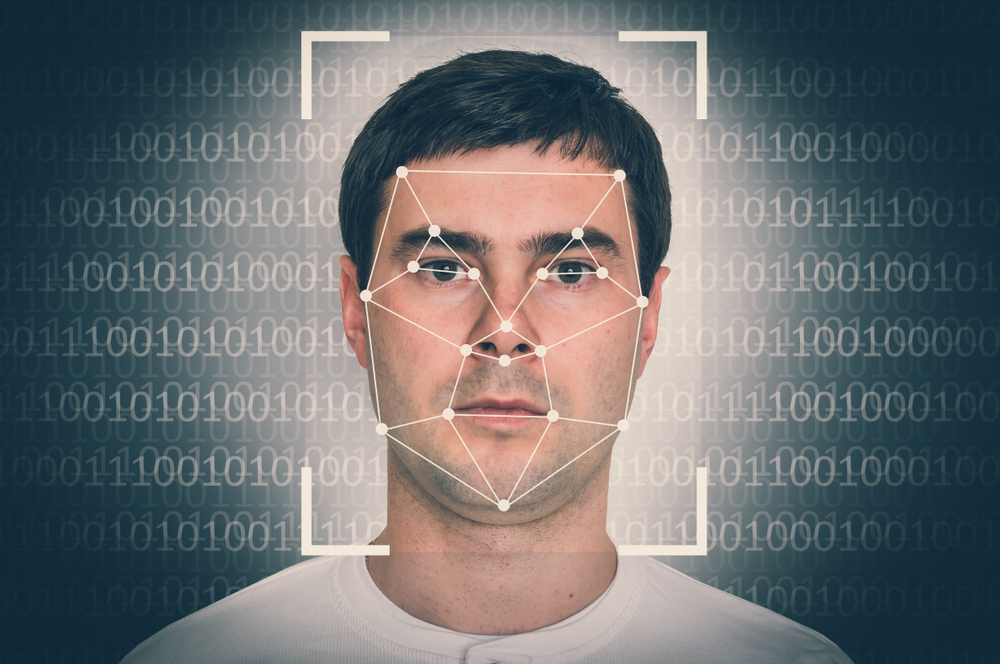
Privacy Concerns
One of the primary challenges associated with facial recognition technology is addressing privacy concerns. Collecting and storing biometric data, such as facial scans, raises questions about data security, consent, and potential misuse. Critics argue that widespread use of facial recognition could lead to invasive surveillance and loss of individual privacy. Ensuring transparency in data collection, storage, and usage practices is essential to mitigate these concerns. By understanding the importance of addressing privacy issues, you can recognize the need for robust policies and safeguards. Therefore, recognizing the value of privacy protection is crucial.
Technological Reliability
Technological reliability is another significant challenge in implementing facial recognition within the Global Entry program. Ensuring the accuracy and consistency of facial recognition systems is paramount, as false positives or negatives can lead to identity misidentification and processing delays. Factors such as lighting conditions, facial expressions, and changes in appearance can impact the system’s effectiveness. Continuous advancements in facial recognition algorithms and regular system updates are necessary to enhance reliability and minimize errors. By understanding the technological challenges, you can appreciate the efforts required to maintain high performance. Therefore, recognizing the importance of reliable technology is essential.
Legal and Ethical Implications
The legal and ethical implications of facial recognition technology present additional challenges that need careful consideration. Regulatory frameworks governing the use of biometric data vary across regions, potentially complicating the implementation of standardized practices. Ethical concerns include potential biases in algorithmic processing and the fair use of biometric data. Establishing clear, consistent, and ethical guidelines for facial recognition technology use within Global Entry is essential to ensure compliance and fairness. By understanding the legal and ethical challenges, you can recognize the importance of comprehensive regulatory frameworks. Therefore, recognizing the need for ethical considerations is crucial.
Future Prospects of Facial Recognition in Global Entry
The future of facial recognition technology within the Global Entry program holds significant potential for further advancements and enhancements. Understanding the future prospects helps anticipate developments and their impact on international travel. Therefore, exploring future prospects is essential.
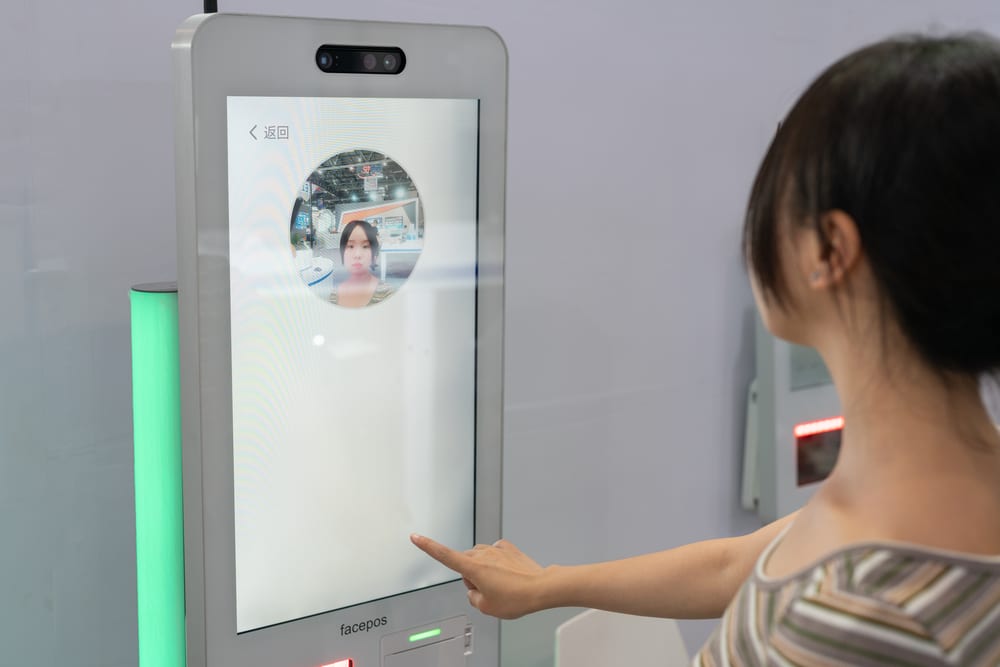
Expansion to Other Programs
Expanding the use of facial recognition technology beyond Global Entry to other trusted traveler programs, such as TSA PreCheck and SENTRI, offers potential benefits. These programs aim to streamline and expedite security and customs procedures for pre-approved travelers. Integrating facial recognition technology into these programs can further enhance efficiency, reduce processing times, and improve the travel experience. By understanding the potential for expansion, you can recognize how this technology could revolutionize multiple aspects of international travel. Therefore, recognizing the value of broader application is crucial.
Technological Advancements
Technological advancements in facial recognition algorithms and hardware will likely enhance the effectiveness and reliability of the systems used within Global Entry. Future innovations may include improved accuracy in diverse conditions, faster processing speeds, and enhanced security features. Continuous research and development efforts will drive these advancements, ensuring the technology remains cutting-edge and highly functional. By understanding the potential for technological growth, you can anticipate improvements that will further optimize the Global Entry experience. Therefore, recognizing the importance of innovation is essential.
Global Collaboration
Global collaboration among international aviation and security authorities can enhance the implementation of facial recognition technology within the Global Entry program. Standardizing practices and protocols across countries can facilitate seamless and secure travel experiences for international travelers. Collaborative efforts can also address privacy, legal, and ethical concerns on a global scale, ensuring the responsible and fair use of biometric data. By understanding the potential for global collaboration, you can recognize the importance of cooperative approaches to enhance international travel security. Therefore, recognizing the value of international partnerships is crucial.
Addressing Common Questions About Facial Recognition in Global Entry
Understanding common questions about facial recognition technology within the Global Entry program provides clarity and enhances decision-making. Knowledge of these answers ensures better preparation and effective use. Therefore, exploring common questions is essential.
How Does Facial Recognition Work in Global Entry?
Facial recognition within Global Entry involves comparing travelers’ live facial scans to their stored biometric data in the CBP database. Upon enrollment, travelers provide a photograph that is stored along with other personal information and fingerprints. At the Global Entry kiosk, travelers undergo a facial scan, which the system compares to the stored image for verification. If the scan matches the biometric data, the traveler is cleared for expedited entry. By understanding how facial recognition works, you can appreciate the efficiency and security of this process. Therefore, recognizing the value of biometric comparisons is crucial.
Is My Biometric Data Secure?
The security of biometric data is a critical concern for many travelers. The CBP implements stringent data protection measures to safeguard stored biometric information. Collected data is encrypted, stored securely, and accessed only by authorized personnel. Additionally, the CBP adheres to privacy policies and regulatory guidelines governing data collection, storage, and usage. By understanding the security measures in place, you can feel confident that your biometric data is protected within the Global Entry program. Therefore, recognizing the importance of data security is essential.
Addressing Common Misconceptions About Facial Recognition in Global Entry
Addressing common misconceptions about facial recognition technology within Global Entry provides accurate information and dispels unwarranted concerns. Clearing up misunderstandings ensures an informed perspective. Therefore, exploring common misconceptions is important.
Misconception: Facial Recognition Is Invasive
A common misconception is that facial recognition technology is overly invasive and compromises individual privacy. In reality, the use of facial recognition within Global Entry is designed to enhance security and efficiency while adhering to strict privacy protocols. Biometric data is collected with consent, encrypted, and stored securely, minimizing the risk of misuse. By understanding the privacy safeguards, you can recognize how this technology balances security with individual rights. Therefore, dispelling this misconception highlights the responsible use of facial recognition.
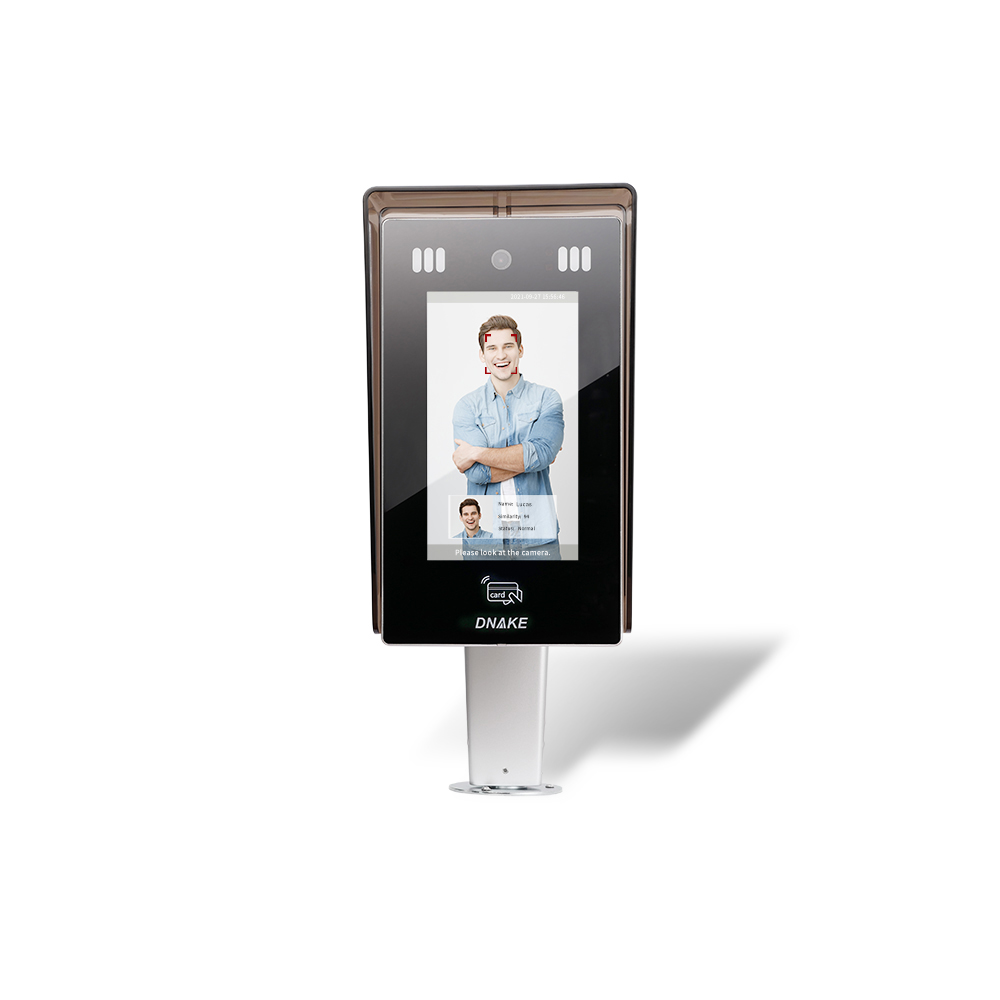
Misconception: Facial Recognition Is Inaccurate
Another misconception is that facial recognition technology is inherently inaccurate and unreliable. While early versions of this technology faced challenges, significant advancements have improved accuracy and reliability. Modern facial recognition systems used within Global Entry are designed to perform consistently under various conditions and achieve high verification rates. Continuous improvements in algorithms and hardware further enhance performance. By understanding the technological advancements, you can appreciate the accuracy and reliability of facial recognition. Therefore, dispelling this myth emphasizes the effectiveness of current systems.
Conclusion: Embracing the Future of Global Entry with Facial Recognition
Embracing the future of Global Entry with facial recognition involves understanding the implementation steps, benefits, challenges, and future prospects of this innovative technology. Proper preparation, including addressing privacy concerns, ensuring technological reliability, and exploring potential expansions, ensures an optimal and secure integration.
Exploring critical aspects such as enhanced efficiency, increased security, and streamlined operations provides comprehensive knowledge and appreciation. Recognizing the importance of addressing common questions and dispelling misconceptions enhances overall confidence and effectiveness in utilizing facial recognition within Global Entry.
By engaging with these elements, you can appreciate how facial recognition is transforming international travel, offering both security and convenience. Therefore, whether you are a frequent traveler or new to the Global Entry program, understanding the essential considerations for facial recognition technology offers valuable insights. Embrace the opportunity to experience a more efficient and secure travel process, knowing you have the knowledge and resources to make informed choices!
